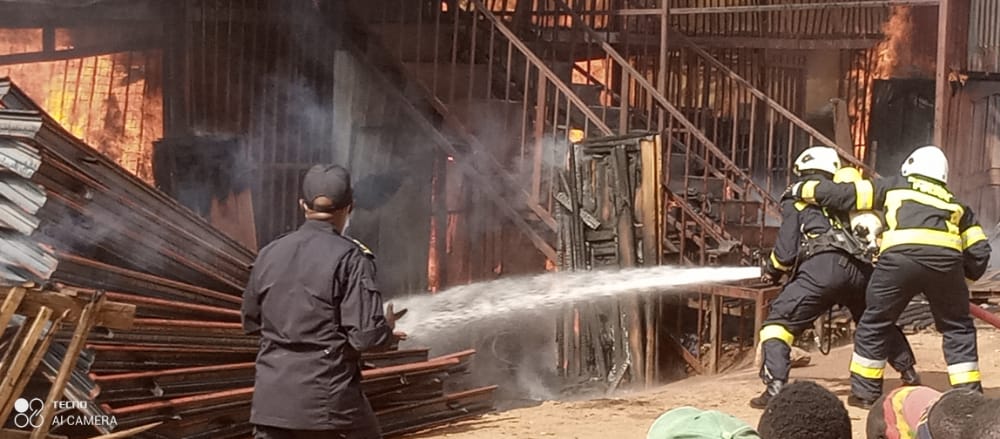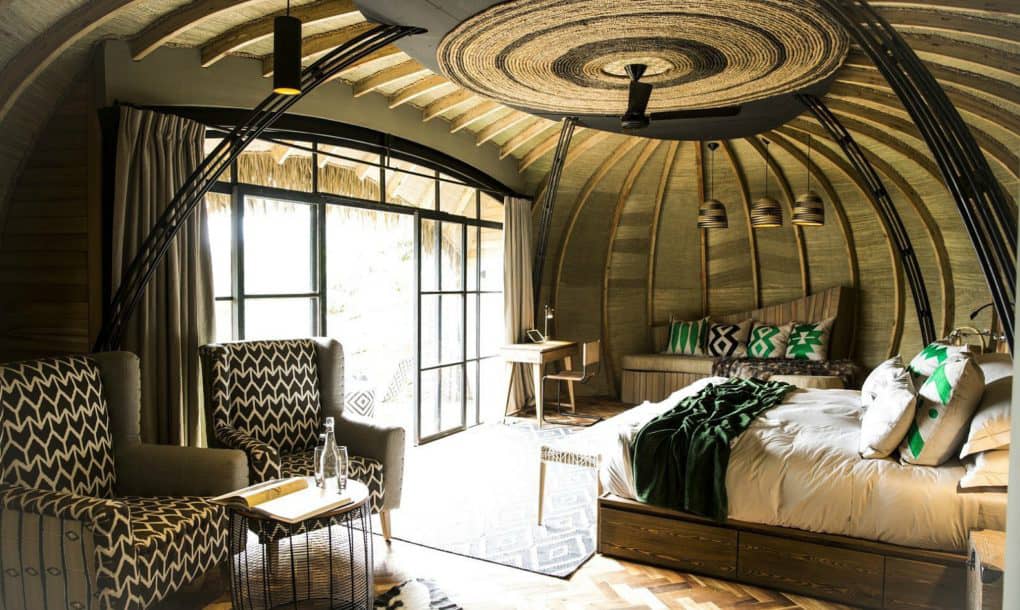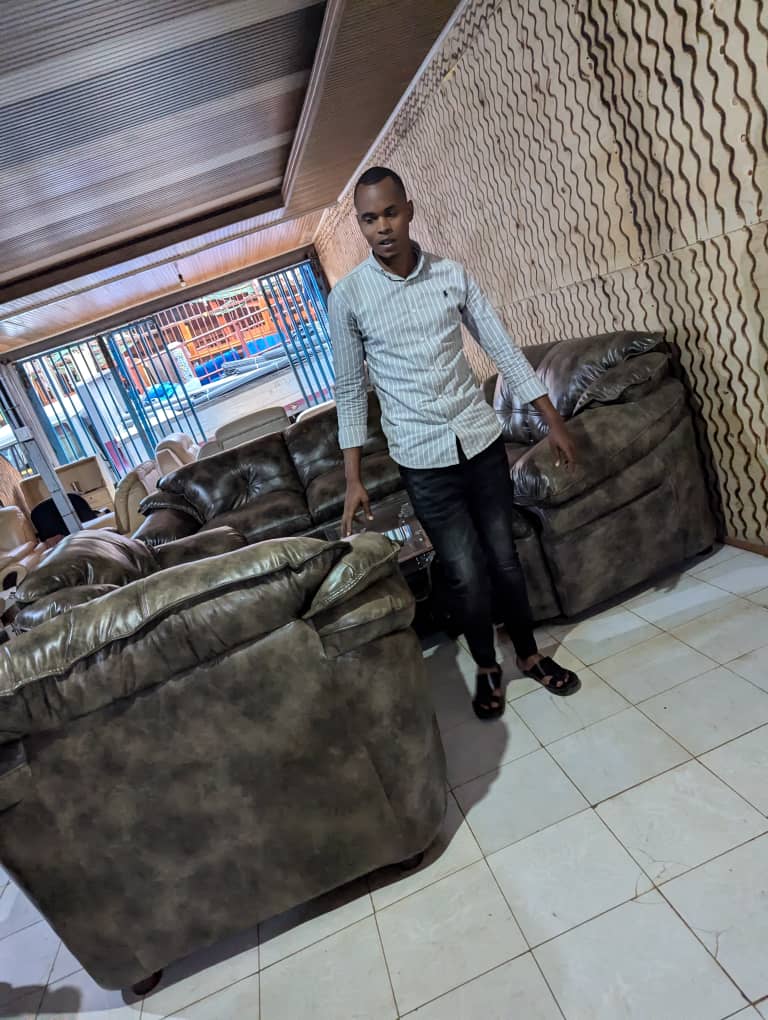From the ashes of repeated fires at Gakinjiro, a new vision is emerging for Rwanda’s interior design industry. What was once a hub of informal workshops, often devastated by blazes, is now set for a major transformation. This ambitious shift, driven by resilient entrepreneurs, aims to make the sector stronger, more organized, and a significant contributor to Rwanda’s economy.
A craft born from crisis
Eric Kirenga, a successful interior designer, vividly remembers his humble beginnings in Kigali. “I was sleeping on a mattress in a shared ghetto at Kagugu,” he recalls. “No workbench. No showroom. Just sketches and faith.”
Today, Kirenga’s Kigali Furniture Land is a thriving firm, serving individual homeowners, boutique hotels, and government offices. He is one of many Rwandan entrepreneurs who grew their businesses within the Gakinjiro cluster, proving that creativity can emerge even from difficult circumstances.
“Gakinjiro was where I learned the craft, found clients, and grew my brand,” Kirenga says, standing next to a beautiful sofa set in his showroom. “It was informal at first, yes, but it gave me my first breakthrough, despite the fires.”
The fires that sparked a shift
The Gakinjiro furniture market has suffered from frequent fires over the years. According to an IGIHE article, the market first caught fire on April 28, 2017. Subsequent blazes occurred on June 29, 2019, November 13, 2020, August 17, 2021, and twice in 2023, on February 12 and May 23.

The most recent incident, on March 30, 2025, marked the seventh fire at Gakinjiro. Reports from KT Press on the August 2021 fire indicated causes included poor electrical wiring and welding activities.
Habimana Xavier, one of Kirenga’s employees, recounts the intensity of these events: “Boss [Eric Kirenga] has been keeping records in his diary whenever fire broke out. Once in 2023, when the fire was tearing through the market, burning down dozens of workshops, the boss kept taking notes in his diary while all of us were running to save our dear lives.”
These repeated disasters exposed the vulnerabilities of the market’s structure, including poor wiring, overcrowding, and a lack of fire prevention measures. This led to a national realization that change was urgently needed.

In response, the Rwandan government announced a plan to relocate workshops from Gakinjiro to a safer, more organized industrial park within the Kigali Special Economic Zone (KSEZ) at Masoro. This move is part of a broader government strategy that has seen industries from other areas, such as the Gikondo wetland, relocate to the KSEZ since as early as 2013, as reported by KT Press.
The KSEZ, developed by Prime Economic Zones Ltd, offers modern infrastructure including roads, electricity, water, integrated sewerage systems, and fiber optic connections.
Its goal is to provide a business-friendly environment and attract both local and foreign investment, according to the Rwanda Development Board (RDB). The plan for artisans includes support for cooperatives, access to financing, and improved infrastructure, turning a crisis into a potential leap forward. Kirenga and other designers and artists commend this initiative.
Designing a formal future
Rwanda’s interior design sector is still developing, but it is gaining recognition as an important part of the country’s growing construction and home aesthetics industries. The real estate and construction sector already contributes about 16% to Rwanda’s GDP, and the demand for urban housing is expected to double every decade, according to the RDB. This growth provides a strong foundation for the interior design industry.

Uwimana Venantie, president of Coopérative d’Action pour le Développement de l’Artisanat au Rwanda (ADARWA), a cooperative of designers and artists at Gakinjiro, praises Kirenga’s accomplishments. “Already, a wave of young designers is following in Kirenga’s footsteps. Look at his apprentices.
Their way of blending traditional craftsmanship with modern aesthetics, using digital tools, and engaging clients through social media, is unprecedented,” she says. This aligns with the Ministry of Youth and Arts’ efforts to promote and support creative industries, including design, by fostering innovation and providing platforms for artists.
“The designers here and I, understand that interior design is about more than decoration,” says Ntawigaba Alfred, a customer at Kirenga’s showroom. “It’s about light, space, function. It affects how we live, how we work, how we feel,” he adds.
Despite the positive outlook, challenges remain. The relocation process has been difficult for small-scale artisans who lack sufficient capital or transportation. Some fear losing clients who frequently visit Gakinjiro.
Research on the formalization of Rwanda’s informal sector indicates common hurdles such as difficulties in accessing finance, the perceived high cost and complexity of registration procedures, and a lack of information on the benefits of formalization.
However, many, including Kirenga, remain optimistic. “We have an opportunity to professionalize this sector,” he says. “With the government on our side, it doesn’t matter where we go to, what matters to us is the ability to create a model that decorates not just in Kigali but across East Africa and beyond.”
The Rwandan government offers various programs to support Small and Medium-sized Enterprises (SMEs) and cooperatives, including credit guarantees, matching grants, and business incubation centers, which can assist artisans during this transition.





